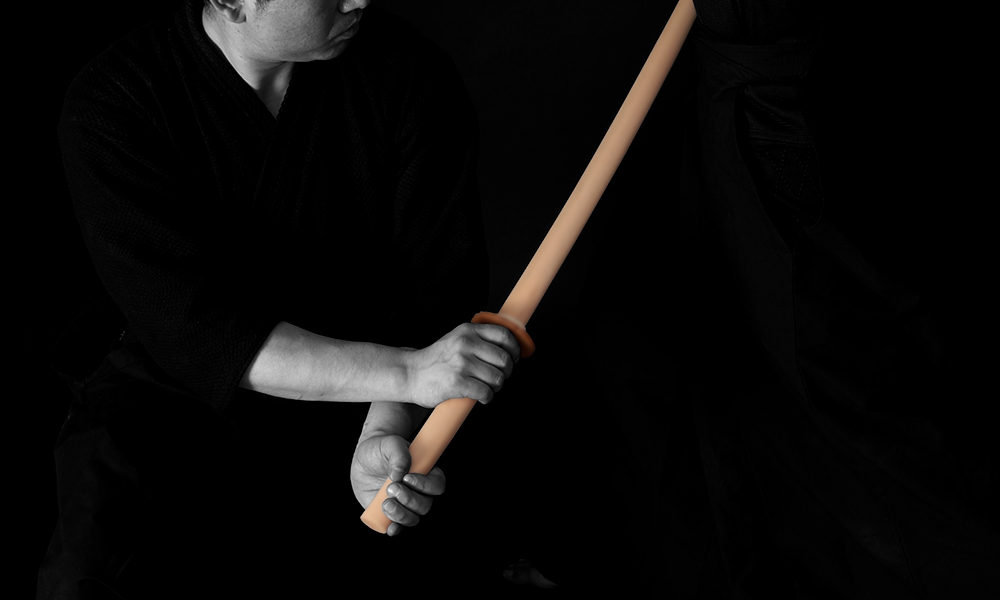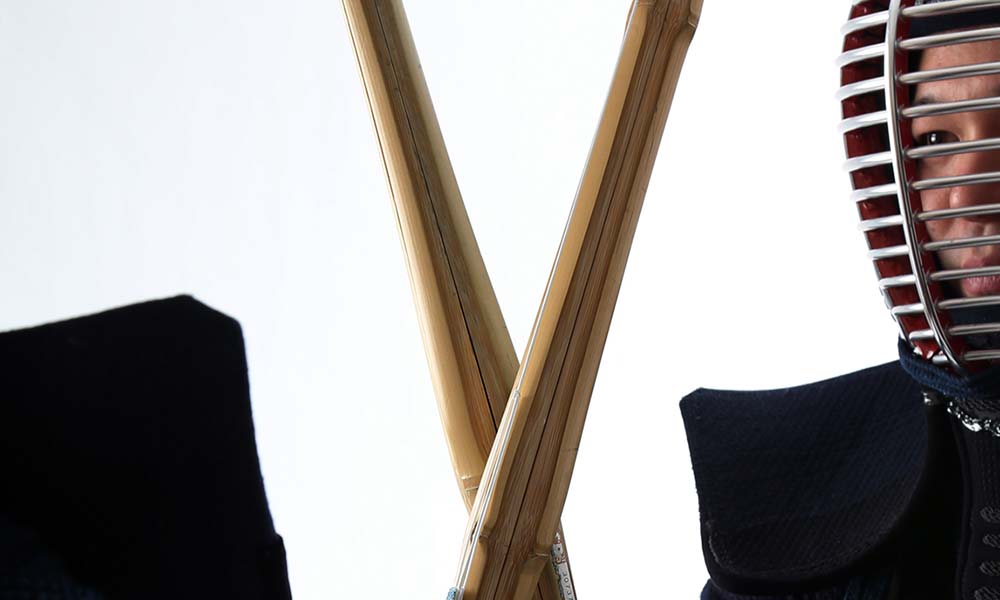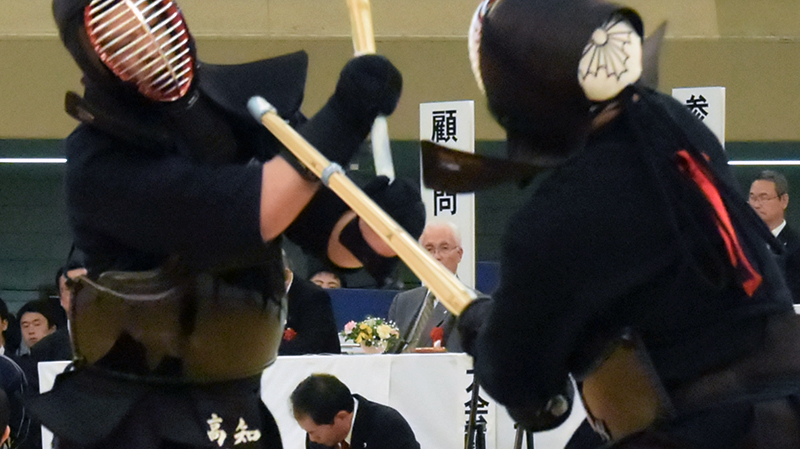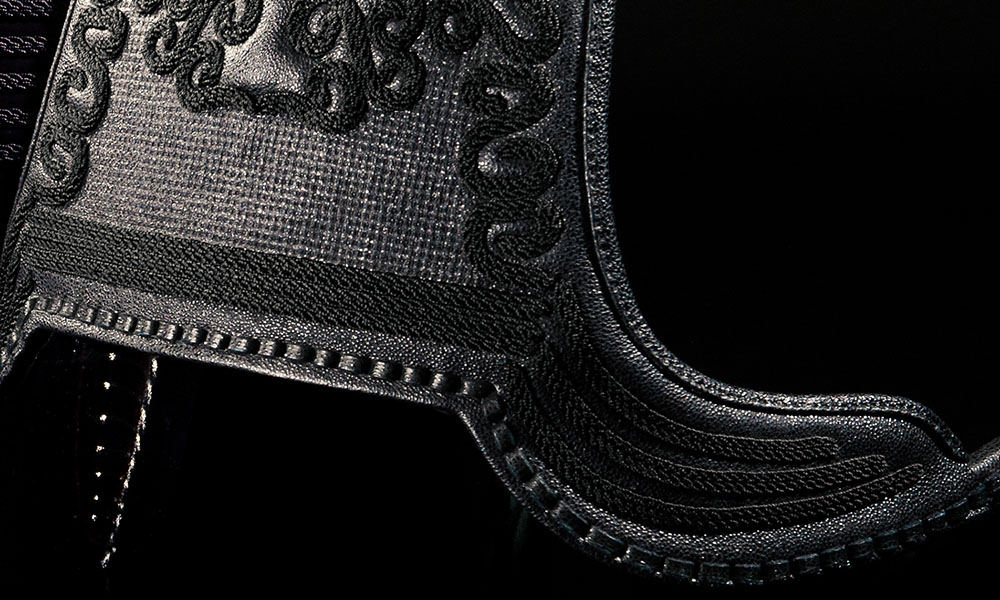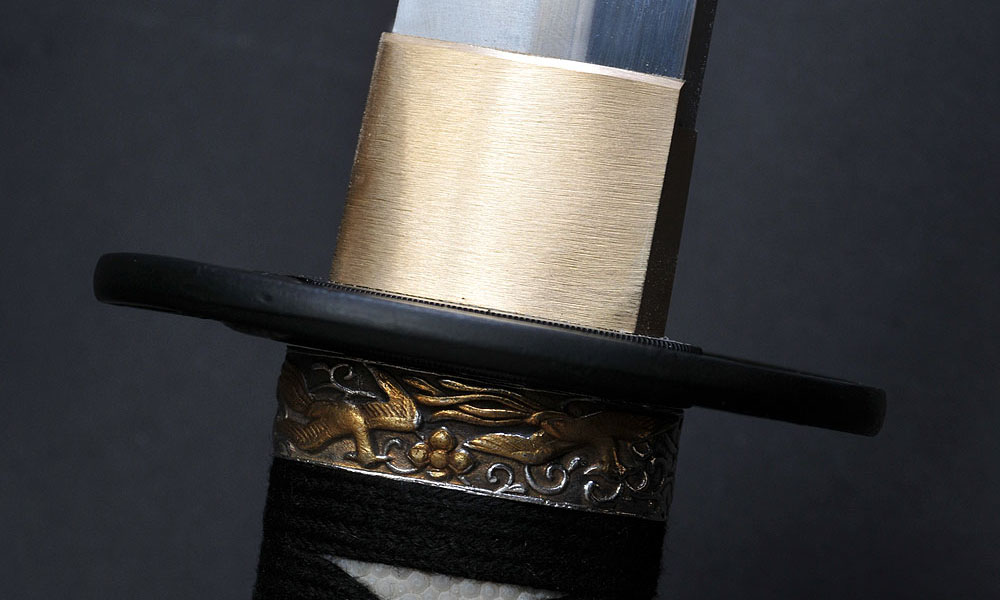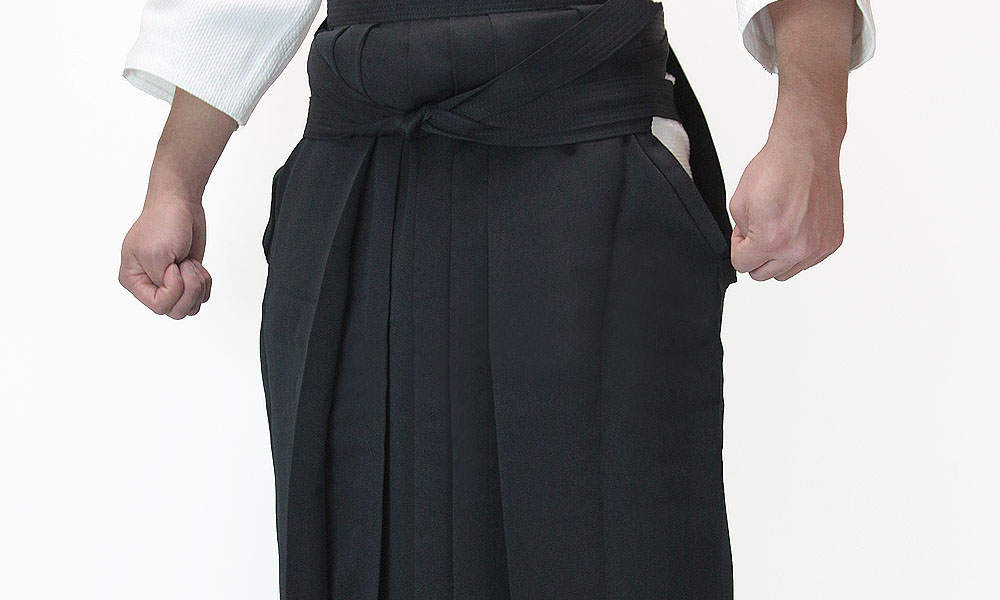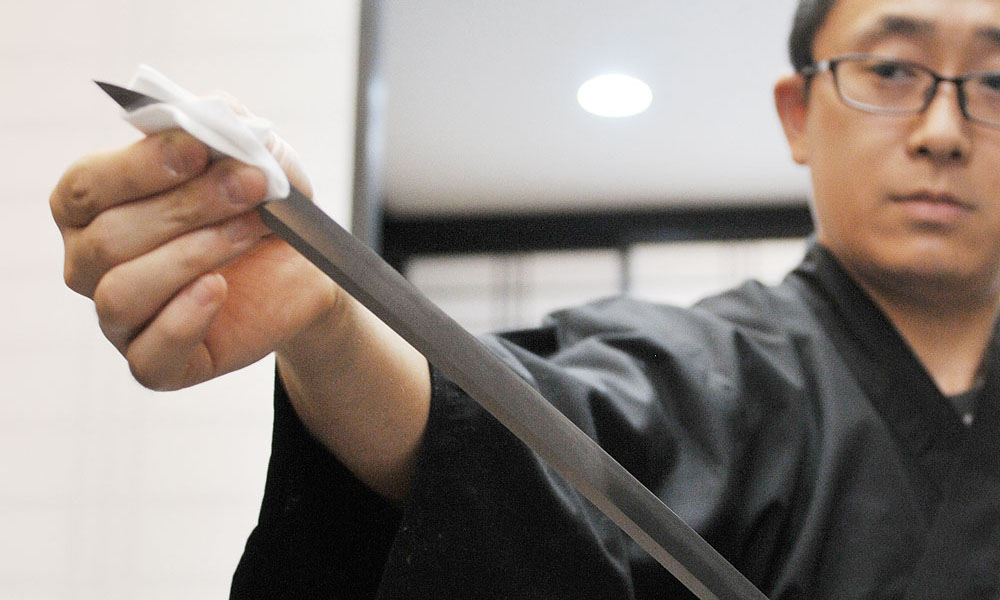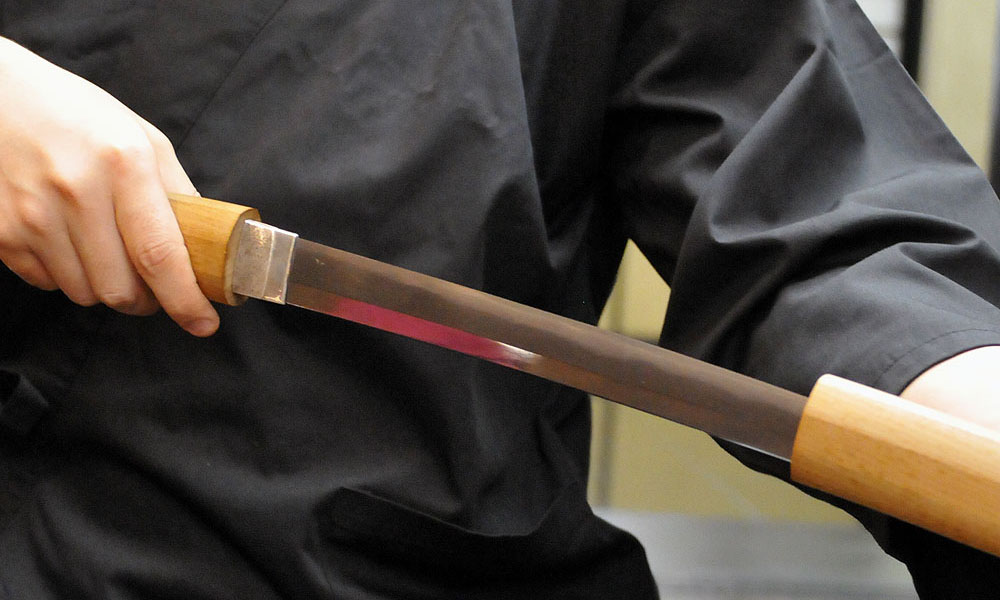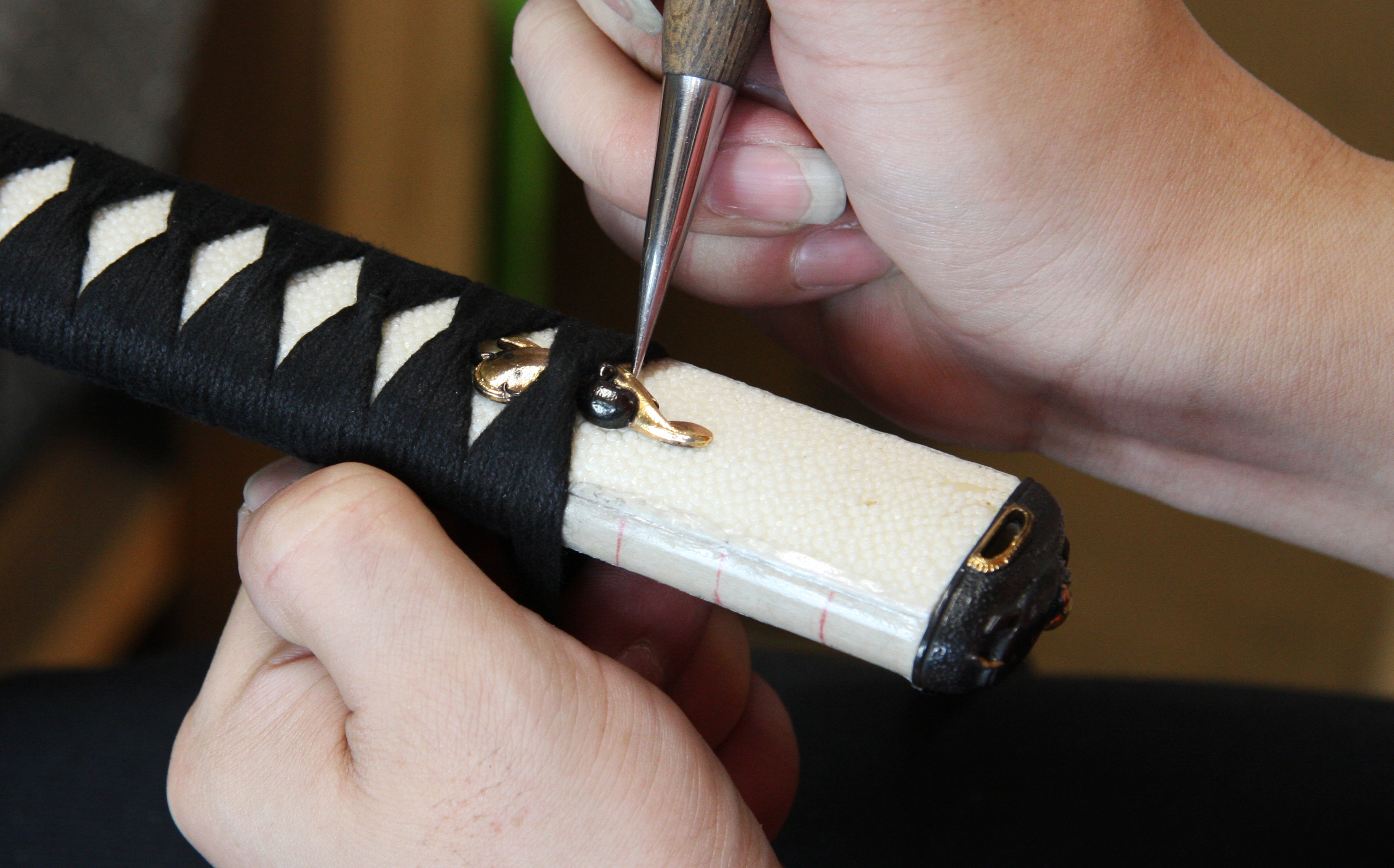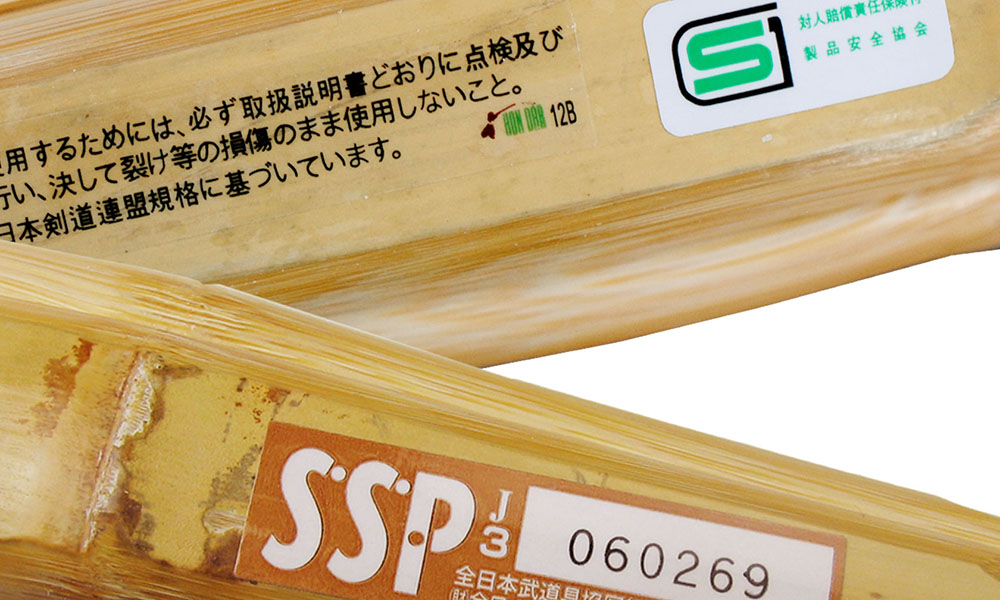Biwa – the tree that even Musashi loved
Of the many woods used when making bokuto and other wooden weapons the Biwa (Loquat) tree is perhaps the most beloved by craftsmen and practitioenrs for its distinct and unique qualities. In this article we take a close look at the tree itself and its conenction to budo. The first Read More


